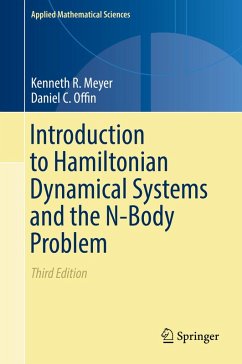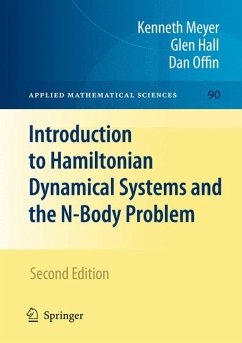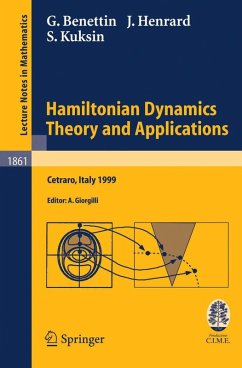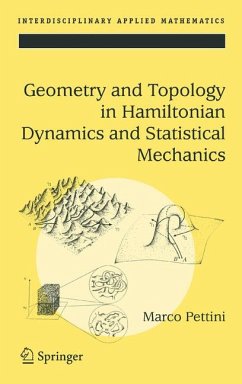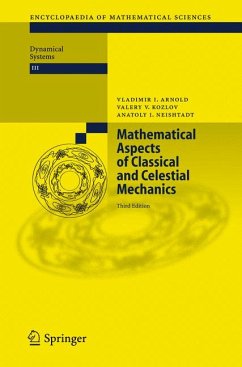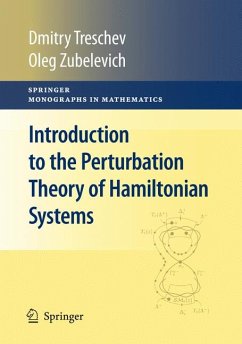
Introduction to the Perturbation Theory of Hamiltonian Systems (eBook, PDF)
Versandkostenfrei!
Sofort per Download lieferbar
72,95 €
inkl. MwSt.
Weitere Ausgaben:

PAYBACK Punkte
36 °P sammeln!
This book is an extended version of lectures given by the ?rst author in 1995-1996 at the Department of Mechanics and Mathematics of Moscow State University. We believe that a major part of the book can be regarded as an additional material to the standard course of Hamiltonian mechanics. In comparison with the original Russian 1 version we have included new material, simpli?ed some proofs and corrected m- prints. Hamiltonian equations ?rst appeared in connection with problems of geometric optics and celestial mechanics. Later it became clear that these equations describe a large classof syste...
This book is an extended version of lectures given by the ?rst author in 1995-1996 at the Department of Mechanics and Mathematics of Moscow State University. We believe that a major part of the book can be regarded as an additional material to the standard course of Hamiltonian mechanics. In comparison with the original Russian 1 version we have included new material, simpli?ed some proofs and corrected m- prints. Hamiltonian equations ?rst appeared in connection with problems of geometric optics and celestial mechanics. Later it became clear that these equations describe a large classof systemsin classical mechanics,physics,chemistry,and otherdomains. Hamiltonian systems and their discrete analogs play a basic role in such problems as rigid body dynamics, geodesics on Riemann surfaces, quasi-classic approximation in quantum mechanics, cosmological models, dynamics of particles in an accel- ator, billiards and other systems with elastic re?ections, many in?nite-dimensional models in mathematical physics, etc. In this book we study Hamiltonian systems assuming that they depend on some parameter (usually?), where for?= 0 the dynamics is in a sense simple (as a rule, integrable). Frequently such a parameter appears naturally. For example, in celestial mechanics it is accepted to take? equal to the ratio: the mass of Jupiter over the mass of the Sun. In other cases it is possible to introduce the small parameter ar- ?cially.
Dieser Download kann aus rechtlichen Gründen nur mit Rechnungsadresse in A, B, BG, CY, CZ, D, DK, EW, E, FIN, F, GR, HR, H, IRL, I, LT, L, LR, M, NL, PL, P, R, S, SLO, SK ausgeliefert werden.



